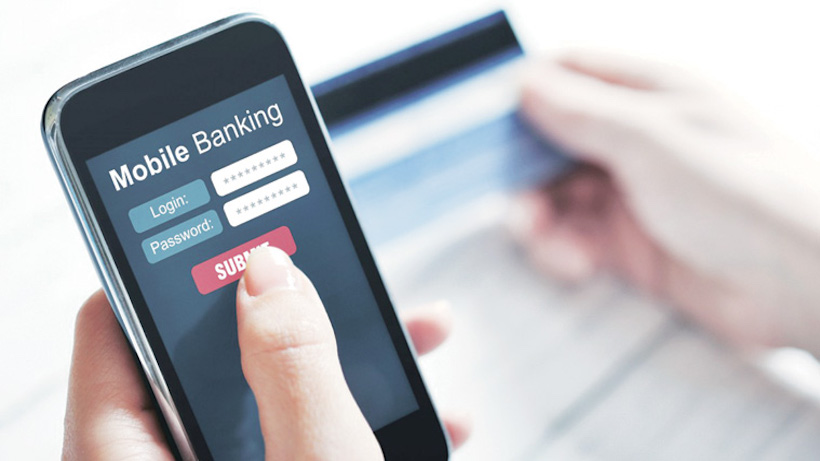Mobile banking is a system that allows customers of a financial institution to conduct a number of financial transactions through a mobile device such as a mobile phone or personal digital assistant. Mobile banking differs from mobile payments, which involve the use of a mobile device to pay for goods or services either at the point of sale or remotely, analogously to the use of a debit or credit card to effect an EFTPOS payment.
The earliest mobile banking services were offered over SMS, a service known as SMS banking. With the introduction of smartphones with WAP support enabling the use of the mobile web in 1999, the first European banks started to offer mobile banking on this platform to their customers.
Quick Links
Meaning of Mobile Banking:
Consumers are becoming more tech-literate. They use mobile phones. They are toying with online trading. So banks are trying to harness banking mobile telephony into a set of applications and services. It is called m-banking. The banks are expecting that the money will roll in. Mobile communication devices are revolutionising banking transactions over wireless networks and the internet.
To attract and retain customer banks need to extend their full range of services across a wide range of mobile, wireless devices without having an impact on their current infrastructure and delivery channels it currently supports. Wireless networks, mobile gateways all play an important role in bringing mobile banking strategy to the market.
Advantages of Mobile Banking :
Mobile banking provides the following advantages :
a) Always on 24 x 7 Accesses: Banks are able to provide services to the customers for 24 hours per day and 7 days per week. It enables the consumers to be transaction-ready much as cable access has facilitated online PC access and reduced consumer dialup delays.
b) Advanced Penetration of Mobile Networks : The 2G networks already cover more than 90% of the population in the western world and this number is growing steadily.
c) Personalisation: Through Subscriber Identify Module (SIM) cards, mobile customers have a specific profile that enables customised functionality to directly reflect the way they want to transact business over mobile devices. Through the convenient addition of a multi-application, relationship card, mobile customers will also have a built-in platform for a host of other application services, including security keys, virtual credit cards and other customised payment instruments.
d) WAP: Rapid evolution of global protocols such as Wireless Application Protocol (WAP) enables the communication channel between computers and mobile devices. The WAP component essentially provides the facility of reforming data for display in wireless handsets.
e) Faster Data Processing Speed: Increase in bandwidth and data transmission speeds makes mobile data services efficient and cost-effective in a real time environment.
f) Security: In addition to the above mentioned smart card, a private key stored on the SIM card can protect e-banking transactions. Effectively, the mobile phone can become a wireless wallet to protect proprietary purchase and financial information.
g) Mobile Payment : Mobile payment means executing a payment transaction using a wireless device such as mobile phone or personal digital assistant. The mobile device becomes the electronic payments device. Its mobility is its big advantage. It enables payments to be transacted regardless of place and time. Telephone and internet banking afford customers bill payment and purchasing conveniences at any time.
Disadvantages of Mobile Banking :
- a) Restricted Plans: Though there were many plans to enhance mobile banking offerings and services, in reality the initiatives were very restricted. Most applications are informative such as bank balances or credit card or bank amounts rather than interactive services like buying or trading
- b) Technical Problems: There are problems of technical issues, security concerns and cost constraints. WAP proved to be too slow and cumbersome to satisfy the customer. People think about security. But, their concerns are not adequately fulfilled by purveyors of m-banking.
- c) High Charges: The most significant problem of m-banking is that costs exceed perceived benefits. The charges for data transmitted are still too high to develop mobile banking in several countries.
- d) Negative Experience in European Countries : Experience about m-banking in European countries has not been positive. e.g. the British leader in on-line banking decided to abort its mobile offering. It saw little enthusiasm for mobile banking among its customers.
Recommended Articles







